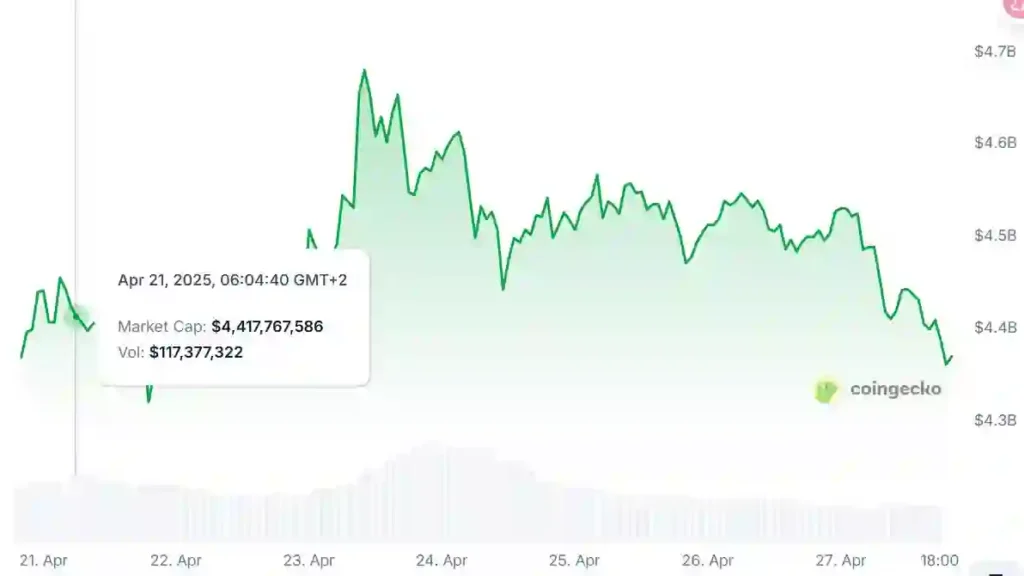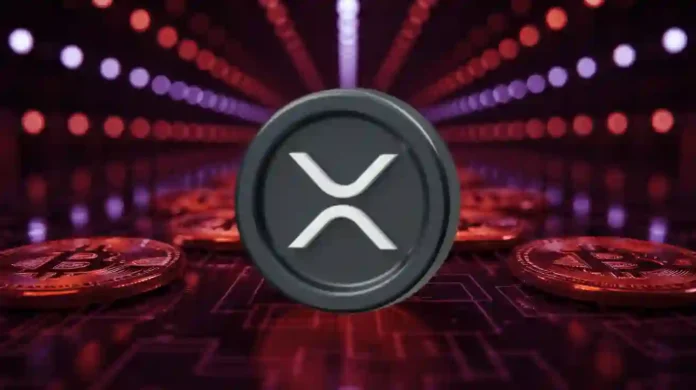The cryptocurrency landscape saw another week of significant activity, marked by high-profile appointments with regulatory implications, ongoing debates within major project ecosystems, shifts in market cycle dynamics, and new token launches. These developments, occurring in late April 2025, highlight the industry’s continued evolution and the complex interplay between technology, finance, and policy.
Regulatory Chess: Jay Clayton Takes Interim SDNY Role
Perhaps the most consequential news from a regulatory perspective was the appointment of Jay Clayton, the former Chairman of the Securities and Exchange Commission (SEC), as the interim US Attorney for the influential Southern District of New York (SDNY). President Trump installed Clayton in the role this week, utilizing appointment powers that allow Clayton to serve for up to four months potentially without facing a Senate confirmation process, which Democratic leaders had reportedly signaled they might block.
Clayton’s history is deeply intertwined with a pivotal moment in crypto regulation: he led the SEC when it filed its high-stakes lawsuit against Ripple Labs concerning the classification of XRP. Famously, the suit was filed on his second-to-last day in office in December 2020. His placement now at the helm of the SDNY—a key jurisdiction for prosecuting financial crimes—comes amid President Trump’s stated aim to foster a more favorable regulatory environment for digital assets in the US. Clayton’s interim tenure could significantly influence the direction and tone of crypto-related enforcement actions emerging from this critical office over the coming months.
Bitcoin’s Path Diverges: A Different Kind of Cycle?
Market analysts spent part of the week dissecting the unusual trajectory of the current Bitcoin market cycle compared to historical precedents. Traditionally, Bitcoin halvings (events that cut the new supply issuance rate in half) have been followed, albeit after a lag, by strong, retail-driven price rallies culminating in parabolic advances. The cycles from 2012-2016 and 2016-2020 largely followed this pattern.

However, the current cycle, encompassing the halving that occurred previously, has unfolded differently. The most significant price surge began before the halving, fueled primarily by intense anticipation and the eventual launch and success of spot Bitcoin ETFs in the US, particularly from October to December 2024. This institutional-led rally was followed by periods of consolidation in early 2025 and corrections later in the first quarter. This deviation raises questions about whether the established four-year cycle narrative, heavily reliant on post-halving retail euphoria, is being reshaped by institutional flows and new financial products integrating Bitcoin into traditional portfolios.
Ecosystem Tremors: Pi Network and PancakeSwap Face User Scrutiny
Internal project dynamics also generated headlines, particularly concerning user trust and tokenomics design.
- Pi Network’s Ambiguous Roadmap: The controversial Pi Network released a long-awaited roadmap for migrating user balances to its mainnet, but the document drew criticism for its lack of crucial details. Users (“Pioneers”) expressed frustration over the absence of information regarding the number of users still awaiting migration, the network’s daily processing capacity, clear criteria for node operator rewards, and a process for resolving data discrepancies. Some users even questioned the project’s foundational narrative, contrasting years of “mining” with statements that all tokens were minted at genesis. These ambiguities risk further damaging the reputation of a project already facing skepticism, with figures like Bybit CEO Ben Zhou previously labeling it as potentially problematic.
- PancakeSwap’s Tokenomics Overhaul Sparks Debate: Decentralized exchange PancakeSwap implemented its “CAKE Tokenomics 3.0” on April 23rd. The changes aim to make the native CAKE token more deflationary by significantly increasing the annual token burn (5.3 million CAKE) and notably removing the vote-escrowed CAKE (veCAKE) mechanism, along with associated staking and revenue-sharing features. While the PancakeSwap team, including spokesperson “Chef Philip,” positioned this as strengthening long-term value for holders, the removal of veCAKE met significant pushback. Cakepie DAO, a major veCAKE holder, criticized the decision’s alleged lack of transparency and potential negative impact on protocols built reliant on the veCAKE model. In response to the controversy, PancakeSwap introduced a $1.5 million CAKE compensation plan for affected parties. The episode highlights the inherent tensions in decentralized governance when protocol changes impact different stakeholders unequally.
New Arrivals: Zora Airdrop and Token Launch
Amidst the debates and market analysis, the ecosystem continued to expand with new token launches. The Zora Network, focused on facilitating on-chain content creation, conducted a large-scale airdrop of its ZORA token on April 23rd. One billion tokens, representing 10% of the total supply, were distributed to reward early platform users based on activity across two snapshot periods.
The distribution process itself caused some initial confusion due to the lack of a dedicated claim portal or checker tool; users needed to interact directly with the token contract to verify their allocation. Jesse Pollak, creator of the Base blockchain (where Zora operates), defended the platform’s ease of use and the potential value of content-centric tokens, despite inherent market volatility. Shortly after the airdrop, the ZORA token gained significant visibility with its listing on the Coinbase exchange, providing broader market access for the newly launched asset.
In conclusion, the past week encapsulated the multifaceted nature of the crypto industry in 2025. High-level political maneuvers continue to shape the regulatory environment, while core market dynamics like Bitcoin’s cycles show signs of evolution. Simultaneously, intense debates within established DeFi protocols and persistent questions surrounding newer projects underscore the ongoing challenges of governance, transparency, and user trust. Coupled with continued innovation like the Zora launch, the week served as a reminder of the sector’s dynamism and complexity.


